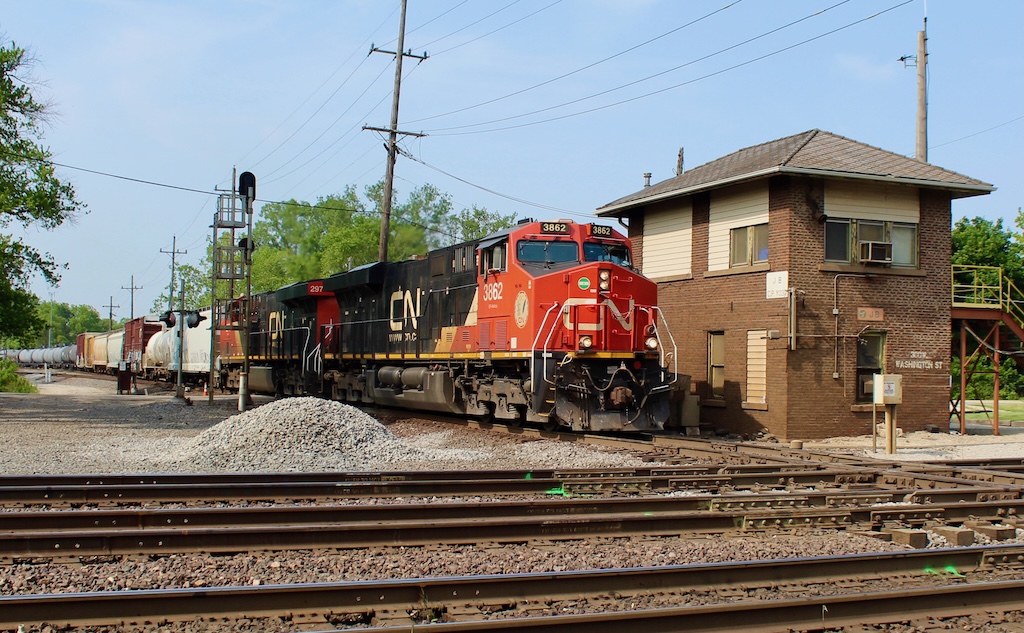
MIAMI BEACH, Fla. — Class I railroad chief executives told an investor conference today that their crystal ball is as cloudy as anyone’s regarding the potential impact of the tariffs that President Donald Trump has threatened to impose on Mexico and Canada.
The 25% tariffs initially were due to begin this month, but Trump subsequently delayed them until March after an initial round of talks with government leaders in Mexico City and Ottawa. The president also has proposed imposing 10% tariffs on goods imported from China, and has warned that the European Union eventually will be targeted, too.
“I don’t know what’s going to happen and how it’s going to play out. I would guess that none of us do,” Canadian National CEO Tracy Robinson says.
“There’s a whole lot of uncertainty,” says Canadian Pacific Kansas City CEO Keith Creel.
“We have prepared ourselves to deal with whatever happens good or bad with the tariffs,” says Union Pacific CEO Jim Vena, whose railroad is the dominant player in cross-border rail volume to and from Mexico.
“It is going to take a while for things to play out,” Norfolk Southern CEO Mark George says.
CSX CEO Joe Hinrichs says the 25% tariffs levied on aluminum and steel imports may present an opportunity. “There are some new aluminum and steel investments being made on our network, and if tariffs continue as they’ve just been announced, perhaps those manufacturers will be motivated to try and launch faster,” he says. “That could be something to watch for.”
The rail executives did not expect tariffs to have a major impact on their cross-border traffic or their international intermodal business.
“We have modeled that there will be some impact from tariffs without a doubt, but not so much as to drive Canada into a recession and the U.S. into a high inflationary mode,” Robinson says.
During his first term, Trump imposed 25% tariffs on Canadian steel and 10% on Canadian aluminum. They were in effect for a year before the USMCA trade agreement replaced NAFTA. “We didn’t see a significant impact from that,” Robinson says.
Likewise, there wasn’t much impact on Canadian lumber imports after Trump imposed tariffs during his first term, says Kenny Rocker, UP’s executive vice president of marketing and sales.
Steel and aluminum represent about 2% of CN’s southbound cross-border revenue, Robinson says. Cross-border traffic accounts for 30% of CN’s overall volume, with 20% moving southbound and 10% northbound. Much of the southbound traffic is petroleum products and minerals, “which so far seem to be attracting a little bit less interest from a tariff perspective,” Robinson says.
Creel, who heads the only railroad with operations in Canada, the U.S., and Mexico, says the economies of the three North American trading partners are inextricably linked. “These three nations have never been more interconnected, never needed each other more, especially since the pandemic. Nearshoring has increased the connectivity,” Creel says.
While some manufacturing may move back to the U.S., it’s impossible for all manufacturing to return to the U.S. from Mexico and Canada. “There’s no way to bring all that manufacturing back to the United States and not drive just outrageous wage inflation,” Creel says. “There’s just not enough workers.”
Creel believes renegotiation of the USMCA agreement, currently scheduled for 2026, likely will be moved up to this year. “Why would we not? I think getting to a point of certainty for everyone is in our best interest,” he says. “It’s in the best interest of Canada, the U.S., as well as Mexico.”
Once there’s a stable North American trade environment, it will benefit all three economies in general and CPKC’s cross-border network in particular. Canadian Pacific made a $31 billion bet on North American trade when it acquired Kansas City Southern in 2023. “When it’s all said and done, we’re going to uniquely benefit and enable the countries to drive together in an increased trade partnership,” Creel says.
Manufacturers won’t make any supply chain decisions until the tariff situation is ironed out, says Ed Elkins, Norfolk Southern’s chief marketing officer.
“There’s probably some reticence on the part of some of our customers to make any supply chain move right now until they figure out exactly what’s going to happen or not happen with regard to those tariffs,” Elkins says.
Even then changes will not happen overnight. George, who joined NS as chief financial officer in 2019 after a three-decade career at manufacturing companies, says it will take several calendar quarters for manufacturers to make any decisions about shifting production.
“When I think about economic development and where customers will want to relocate or locate their businesses or expand them, it’s probably going to be in the U.S.,” Elkins says. “It’s probably going to be in the East, it’s probably going to be in the Southeast and the Midwest. And we’re really well positioned in both of those regions.”
Rocker says UP’s intermodal volume — which is up 9% so far this year — has benefited as some importers have accelerated orders to beat potential tariff deadlines. But CSX and NS executives say they have not seen any pull forward activity.
The rail executives spoke at the 42nd Annual Barclays Industrial Select Conference.






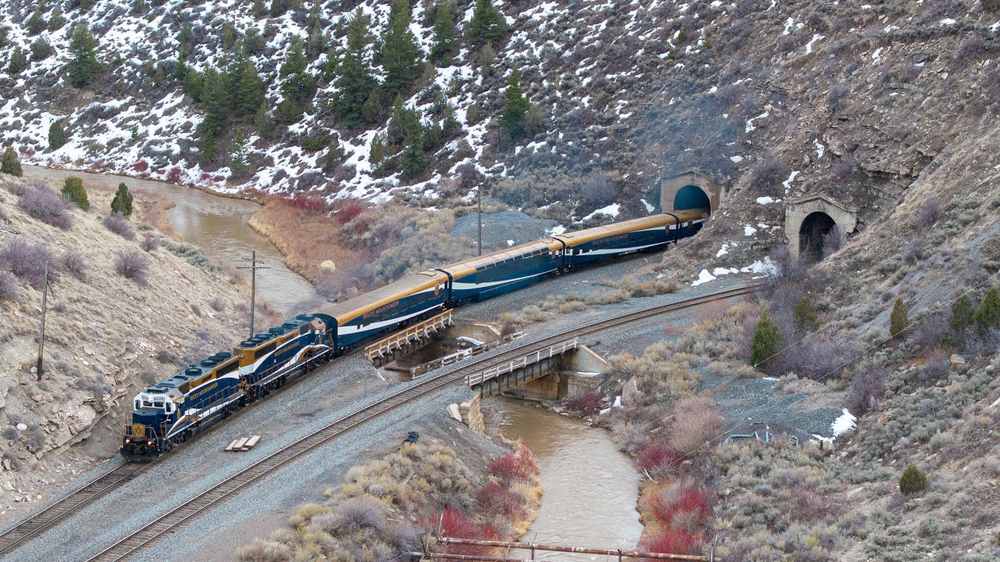
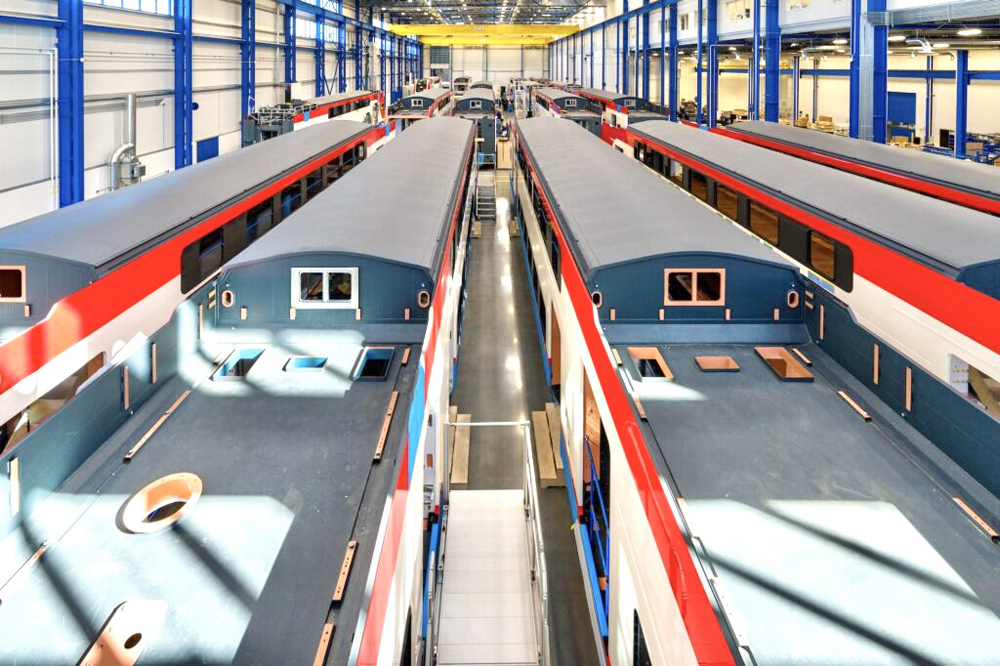
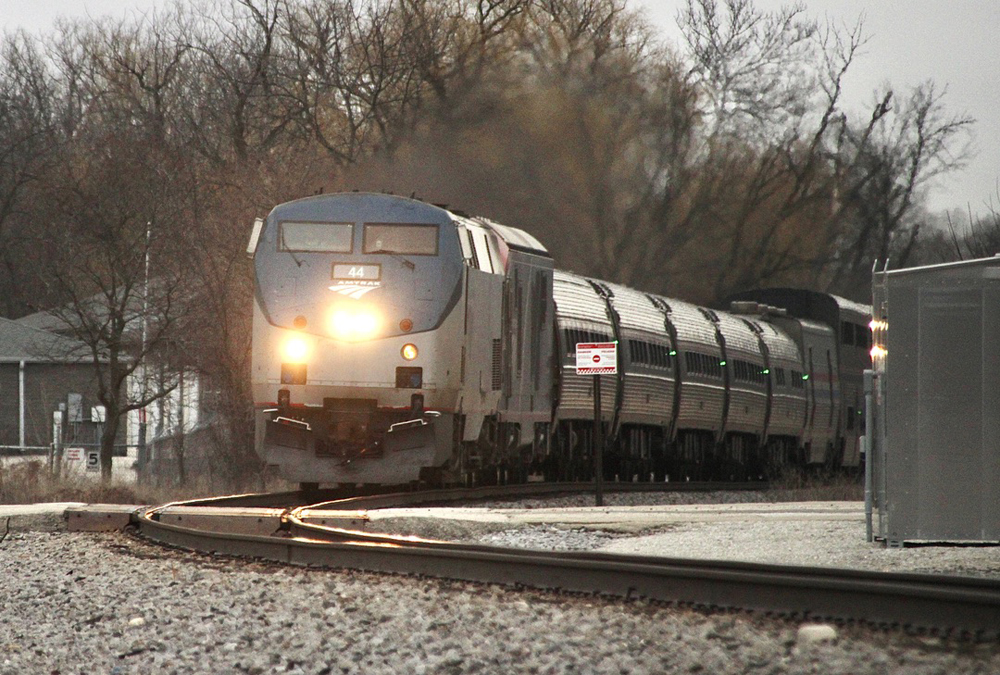
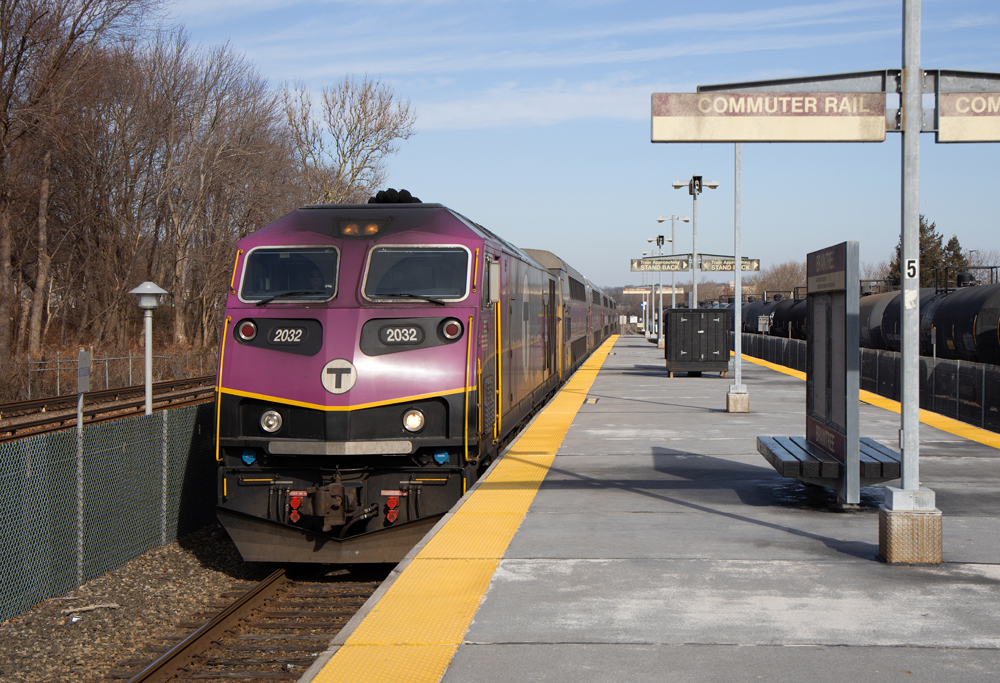
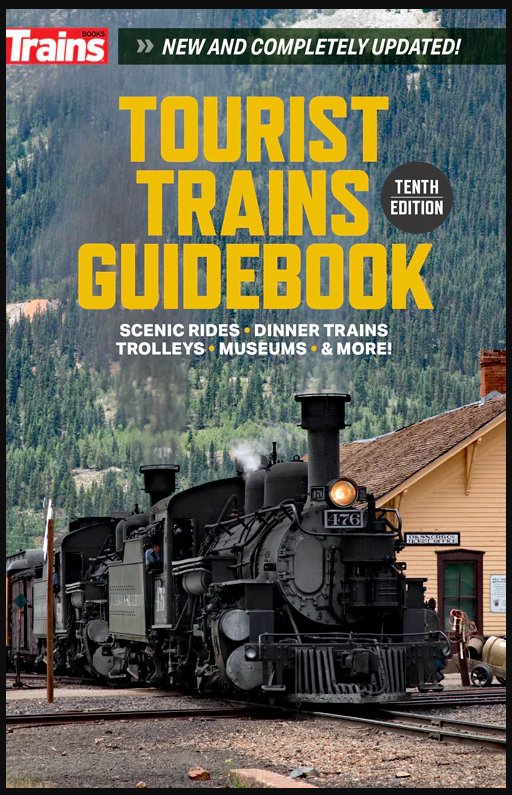
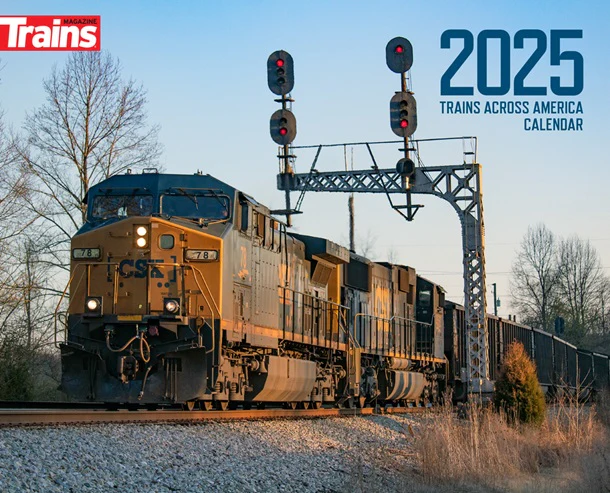
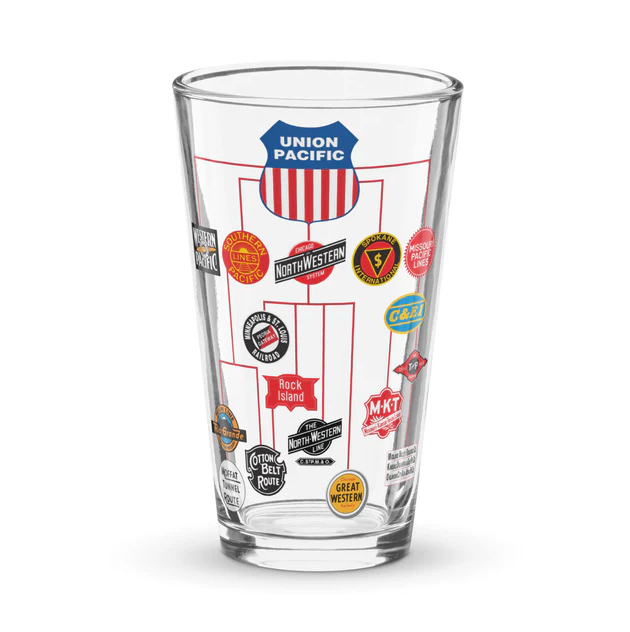
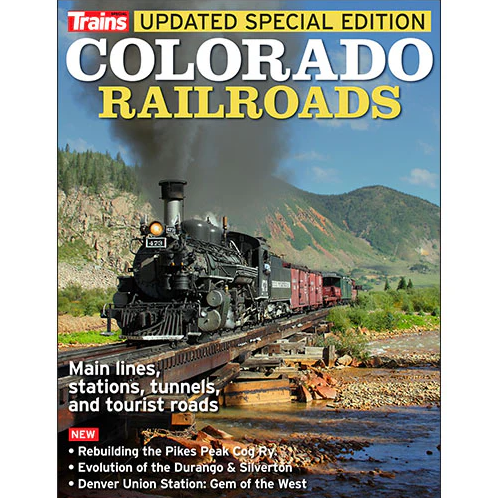
These poor RR ceo’s are scared to speak the obvious.
Just like every Republican in Washington.